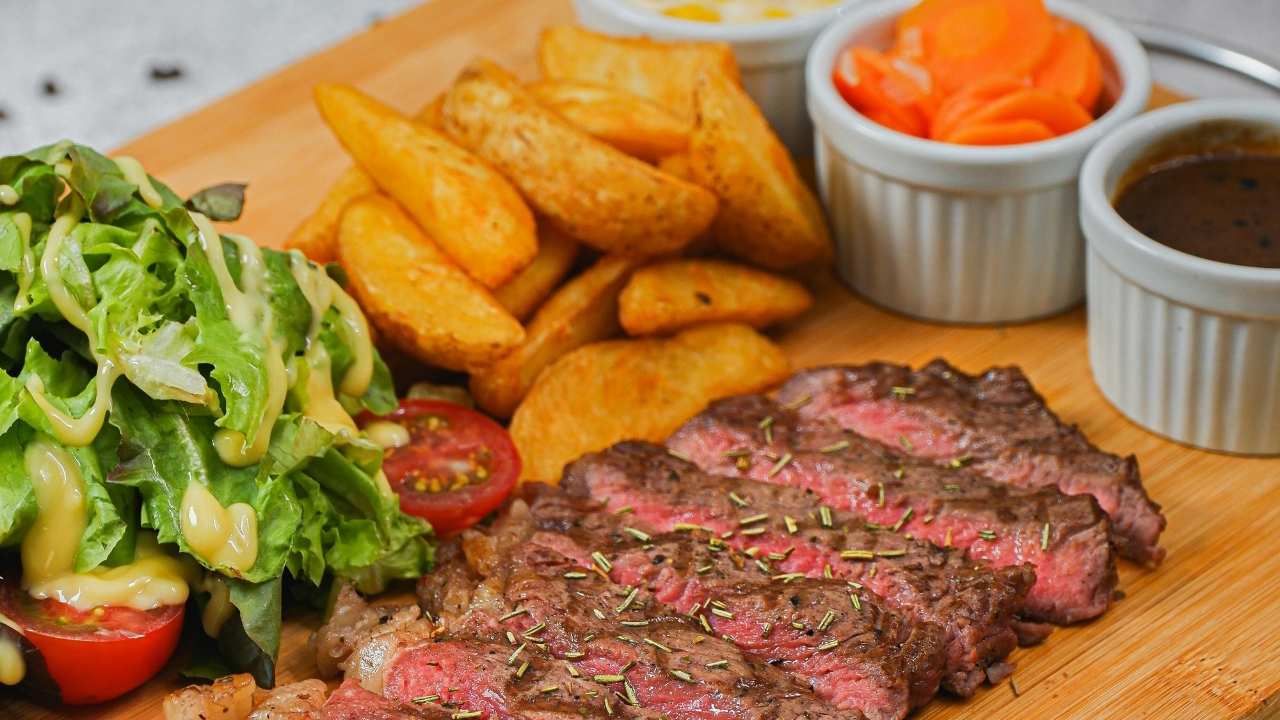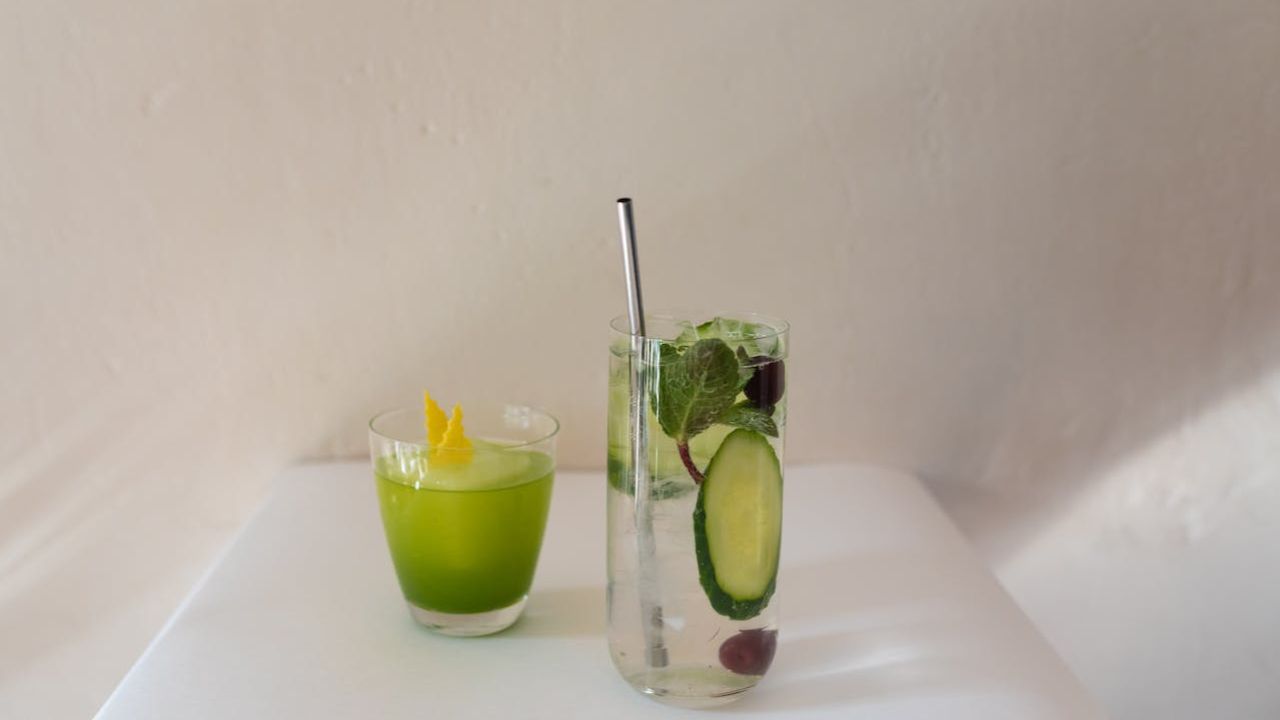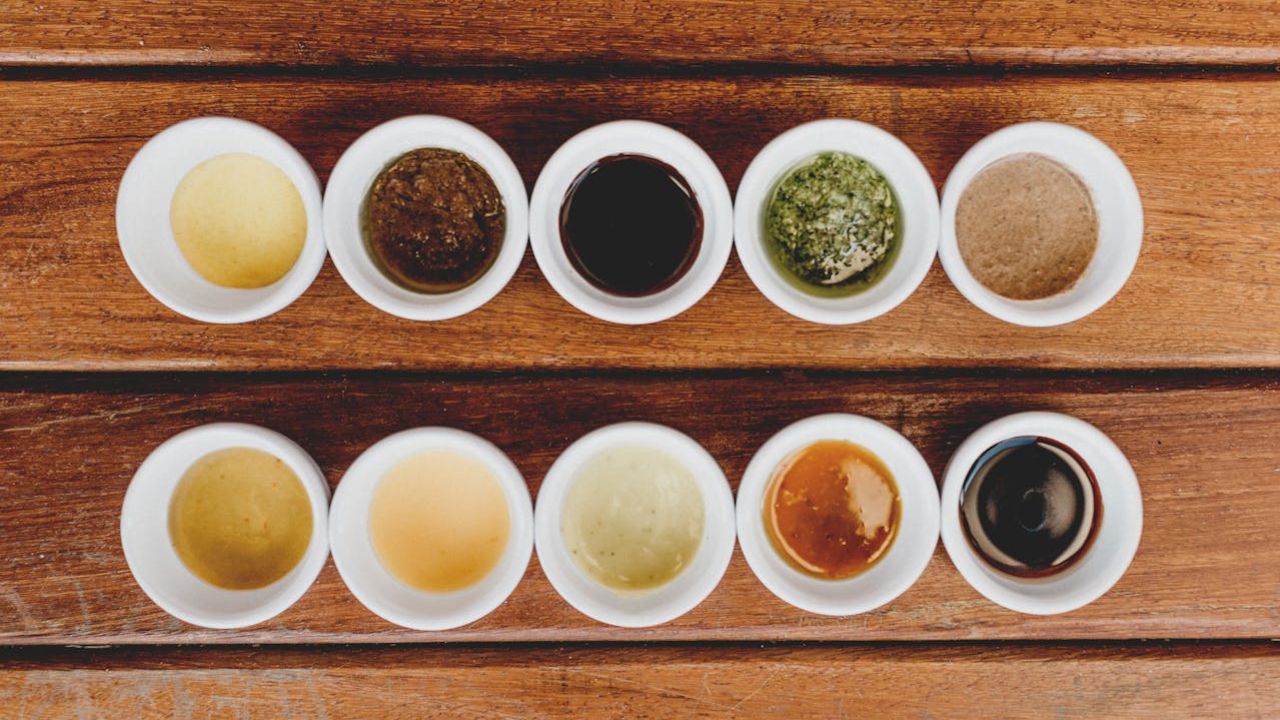Beef entrecote is a high quality steak that is cut in the rib portion of the cow. It is even named in French whereby entre translates to between and cote translates to rib hence it translates to between the ribs literally. It is its cut that has a very good marbling, or thin white lines of fat that run through the meat. These is marbled in this way that makes it succulent and beefy. This same cut is called a ribeye steak in many sections of the world, especially in the United States. The most important feature about an entrecote is that it is mostly sold without the bone, thus it is simple to cook and consume.
It is usually defined as a rib-eye steak that is thin and boneless that is highly marbled yet does not have the big top of fat that is present on a conventional ribeye, which makes it a very good option to those who like all the flavor but will not want to see a lot of fat on their steak. It is a traditional fillet that forms the core part of French bistro food yet it has been enjoyed by steak lovers around the world since time immemorial.
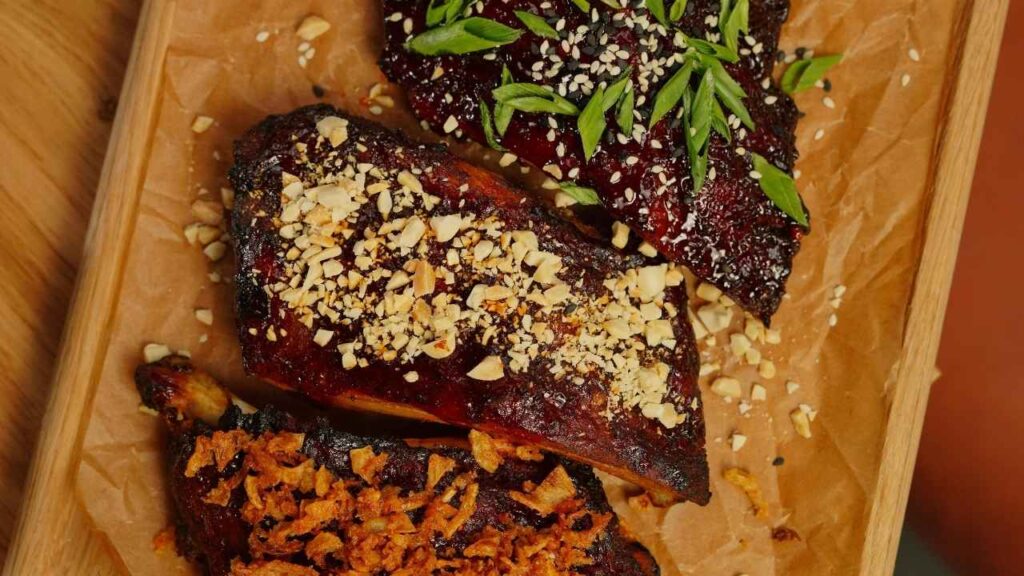
Characteristics and Qualities of a Good Entrecôte
It is not difficult to find good beef entrecote when you are aware of what to expect. Its most remarkable characteristic is the liberal marbling. This fat that is inside does not only add flavor, it melts during cooking and it coats the steak inside and makes it very juicy and tender. In the butcher or grocery store, you can find the steak that is of bright, cherry-red color with white fat that is in fine thread through the meat. It is supposed to be firm in texture.
Entrecote can be considered one of the most tasty and juicy among all steak varieties due to its marbling, and it is a very fulfilling experience to eat. It balances excellently between being soft enough to cut with ease and being large and meaty with the kind of bite that steak lovers adore. Its fairly uniform thickness also contributes to its even cooking whether you like it rare, medium or well-done. The first and the most vital task to making a memorable meal is to choose a good-looking piece of meat.
How to Cook the Perfect Entrecôte Steak
Preparing a perfect entrecote steak is not as complex as it may seem and it is usually initiated by a hot cast-iron skillet. The high heat of a skillet forms a lovely, caramelized crust to the outside of the steak that is necessary in trapping those good juices inside. To begin with a very basic approach, you should simply remove your steak out of the fridge some 20-30 minutes before it is cooked to allow it to come to room temperature. Sprinkle salt and pepper on both sides generously. Warm your cast-iron pan in a very hot place, until it is very hot, and then put a little butter or oil in it.
To achieve that perfect crust the steak must be put in the pan with a lot of care and left to cook without being disturbed in a couple of minutes over a couple of minutes. Among the rules is cooking the meat for about 2-3 minutes on one side and then turning it over and cooking 2-3 more minutes to get a medium-rare. In the last minute of the cooking process, one can use the other knob of butter and baste the steak, pouring the melted butter all over the top, and this will give it an added layer of richness and flavor. One should also make sure that after cooking, the steak should be allowed to rest on the cutting board at least 5-10 minutes before cutting them. This enables the muscular fibres to contract up and suck the juices back to make each bite moist and tasty.
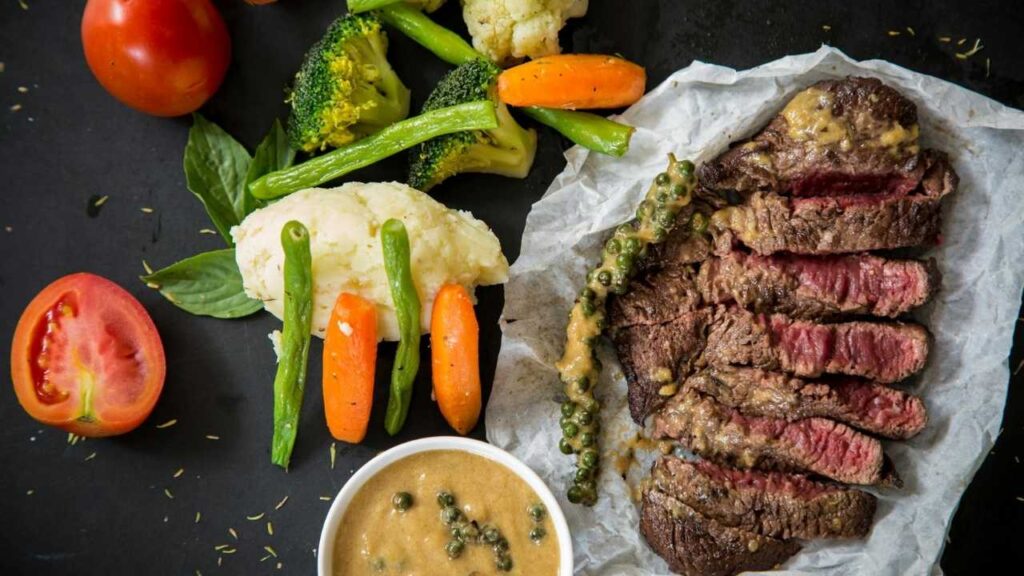
A Classic Entrecôte Recipe: Steak with Red Wine Sauce
- Entrecote is one of the most delicious dishes that can be served using a simple and classy red wine sauce. This is a dish that makes the steak restaurant-quality and the sauce is cooked in the same pan in which the steak was cooked and all the browned bits of it are captured by the sauce.
- Ingredients for two people:
- 2 small rib-eye (entrecote) steaks.
- Salt and pepper to taste
- 3 tablespoons unsalted butter, cut in half.
- 1 shallot, finely chopped
- 3 tablespoons red wine
- 1/3 cup + 1 tablespoon beef stock
- Parsley, fresh (cut to use as a garnish)
Instructions
Seasoning the Steak: Blot the steaks and sprinkle both sides with plenty of salt/peppers.
Steak Grilling: Heat the cast-iron pan on the high flame until it gets hot. Add 1 1/2 tablespoons of butter. Put the steaks in the pan when they are melted. The time scale will also depend on the thickness of your steak and how it should be cooked so that it will take between 3 minutes per side to be medium-rare. Remove the steaks in the pan and put them aside to rest.
Ready the Sauce: Set the burner to the medium. Add cut shallot to the same pan and saute about one minute or until it smells good. Dress it with the red wine, and scrape out with a wooden spoon all the browned bits of the bottom of the pan- all the flavor is there! Simmer the wine, and then put in the beef stock. Simmer the liquid until it is half.
Add in the Sauce: Turn off burner and add the remaining 1 1/2 tablespoons of butter until it gets melted to create a slightly shiny sauce. Add salt and season as required.
Serve: Slice the steaks that have been resting in an anti-grain direction, sprinkle the hot red wine sauce over the steak, and serve with fresh parsley. This meal is excellent either with French fries or roast vegetables or mashed potatoes.
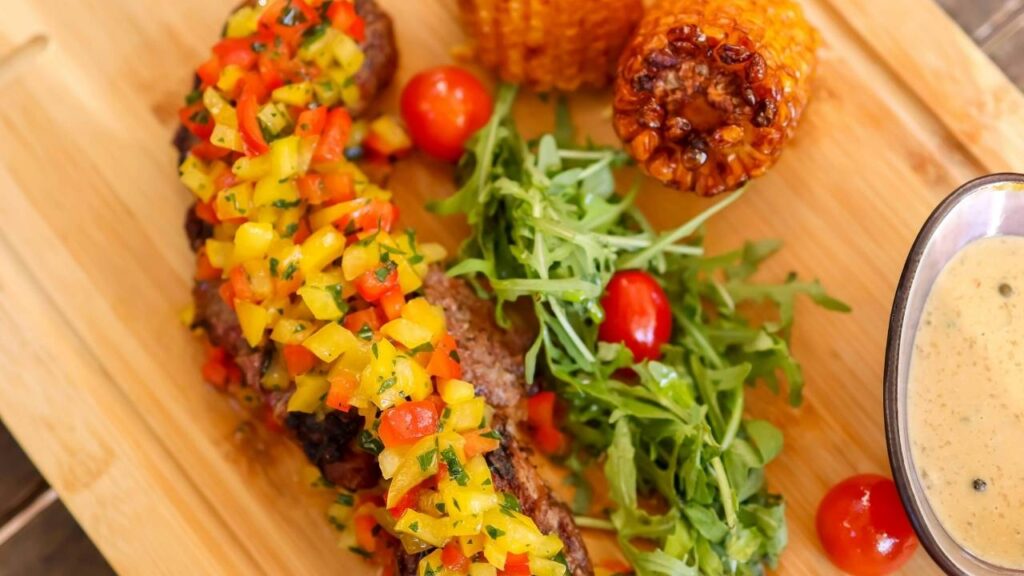
Nutrition and Health Benefits of Entrecôte
In addition to being delicious, the entrecote beef is also healthy in terms of containing the required nutrients. It is a very good source of good protein that is vital in the building as well as repairing muscles, bones and other body tissues. It is a particularly good food option to use when one is on the move. Or when an individual wants to lose weight but at the same time does not want to lose muscle mass. Moreover, entrecote contains important vitamins and minerals. It provides a very large number of Vitamin B12 which is crucial in a well structured nervous system and creation of red blood cells.
It is also a good source of zinc needed to sustain a good immune system and it is one of the best sources of heme iron. A form of iron that is readily absorbed by your body hence avoiding iron deficiency anemia. However, it is necessary to keep in mind that entrecote contains saturated fat due to marbling. One should moderate consumption of it as a part of a balanced diet. In the event that this is feasible. You can prefer the less fatty cuts and apply healthy cooking methods like grilling or broiling to be able to draw out. The greatest advantage and manage the degree of fat consumption.
Entrecôte vs. Other Popular Steak Cuts
With so many different steaks available, it can be helpful to see how entrecôte compares to other popular cuts. The table below highlights the key differences to help you understand its unique place.
| Feature | Entrecôte (Ribeye) | Filet Mignon | Strip Steak (New York Strip) | Flank Steak |
| Origin on Animal | Rib section | The tenderloin | The loin | The lower belly |
| Texture & Tenderness | Very tender, juicy | Extremely tender, buttery | Tender with a firmer, meaty chew | Lean, chewy, firm bite |
| Flavor Profile | Rich, buttery, and very flavorful due to high marbling | Mild, subtle beef flavor | Robust, beefy flavor | Intense, robust beefy flavor |
| Best Cooking Methods | Pan-searing, grilling, broiling | Pan-searing, grilling | Grilling, pan-searing | Marinating, then grilling or pan-searing, always sliced thinly against the grain |
| Price Point | Premium | Premium (often the most expensive) | Premium | More affordable |
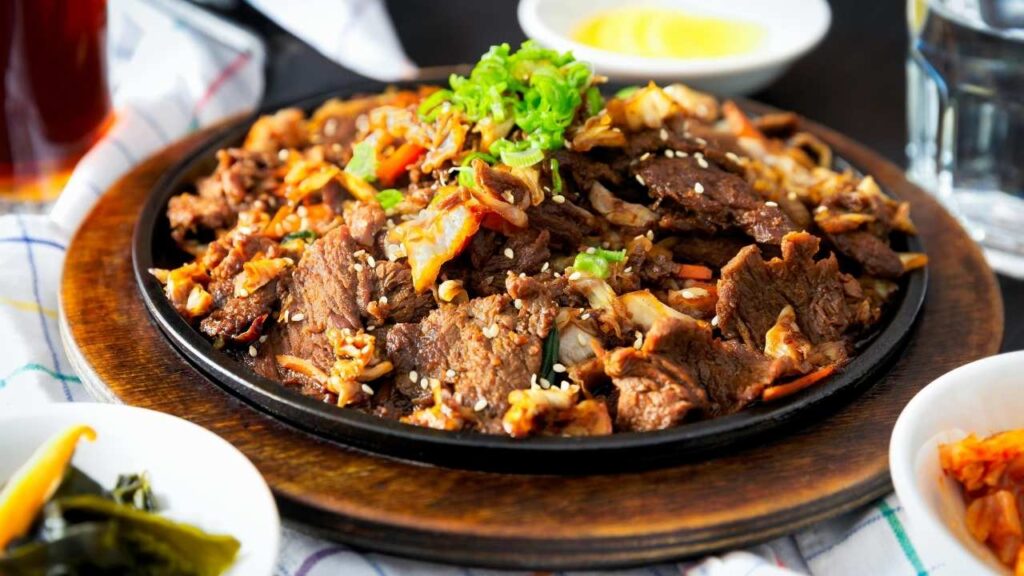
Conclusion
Beef entrecote is really a kind of steak. The combination of rich buttery taste due to abundant marbling. And a tender and juicy meat makes it a winning dish to any meat eater. Comfortingly basic or fancy, with a splash of red wine sauce, cooking an entrecote is an easy way to have restaurant quality food at home. Having known what it is, what it contains, and what it can compare to other cuts. You will be able to make a certain decision, make a dish, and taste this masterpiece of beef. So, the next time you are in need of a special dinner, which would definitely make a difference, forget not the common and yet great entree beef.
FAQ’s
1. How can I tell when my entrecôte is done cooking?
It is best achieved by the use of a meat thermometer. The internal temperature should be 130- 135degF (54- 57degC) in medium-rare. There is also the touch technique: when you press on the middle of a medium-rare steak it will become soft and springy.
2. Is the fat in entrecôte bad for you?
As much as entrecote is a saturated fat source. It can also be part of a healthy diet when one consumes in moderation. The marbling also contributes to the amazing flavor, as well as, the juiciness of the steak. The quantity of saturated fats can also be minimized by cutting off external fat which is seen before or after cooking.
3. What is the best way to season an entrecôte?
Sometimes, simple is best. It only takes a liberal sprinkling of coarse salt and freshly ground black pepper immediately before cooking in order to add the natural flavor of the steak. Other spices such as the garlic powder or the smoked paprika may also be added.
4. Why is it so important to let the steak rest after cooking?
The process of resting of the meat causes the muscle fibers to relax and absorb the juices expelled to the center by the heat. By slicing it at once you leave off those nice juices on your plate, and are left with a drier piece of meat.
5. What are some classic sauces to serve with entrecôte?
Along with the red wine sauce, entrecote is also commonly served with a French classic which is Sauce Cafe de Paris; a compound butter sauce that has herbs and anchovies. Naturally, it is a time-tested and delicious pairing with a humble bearnaise sauce (creamy tarragon sauce with egg and butter).
